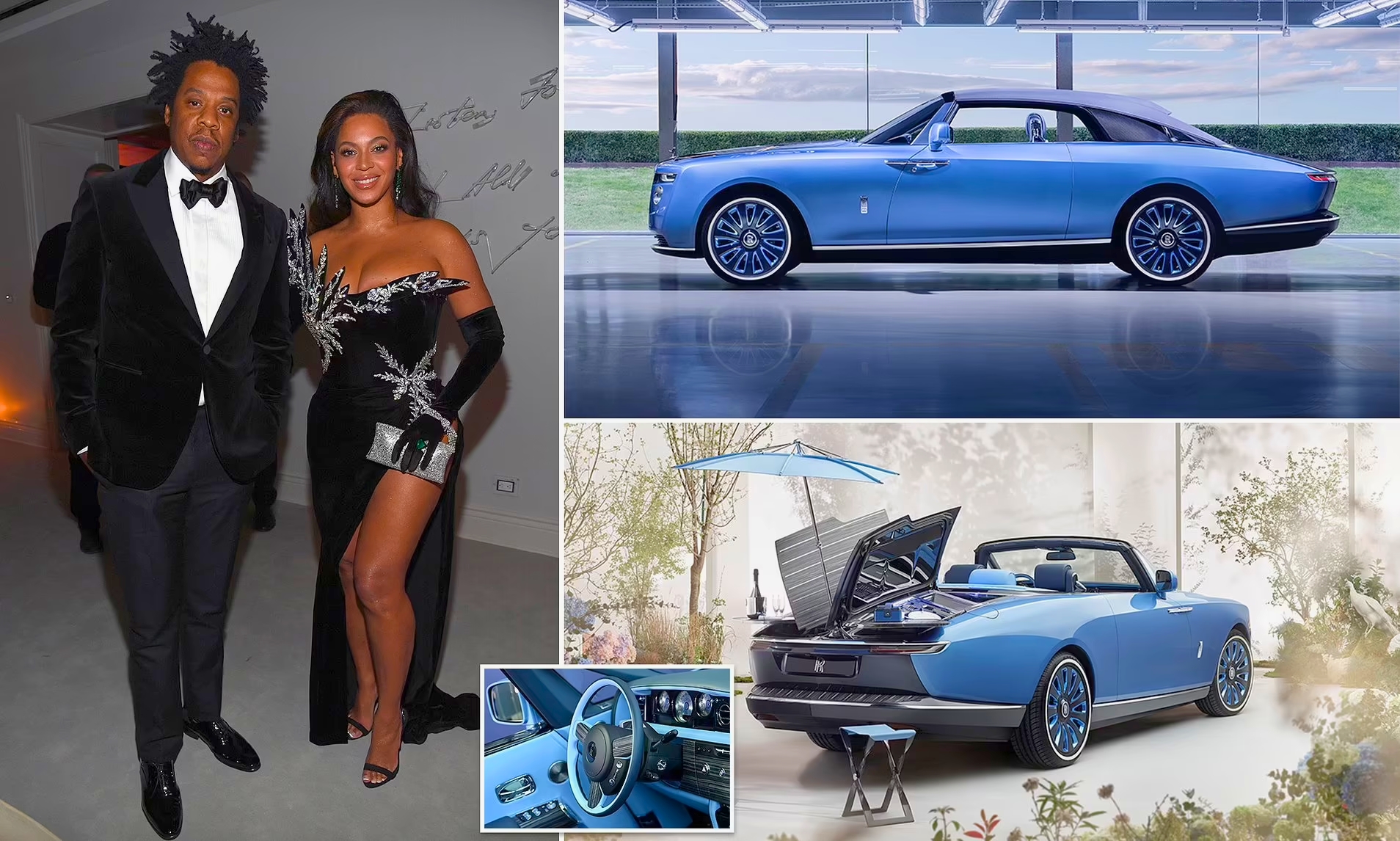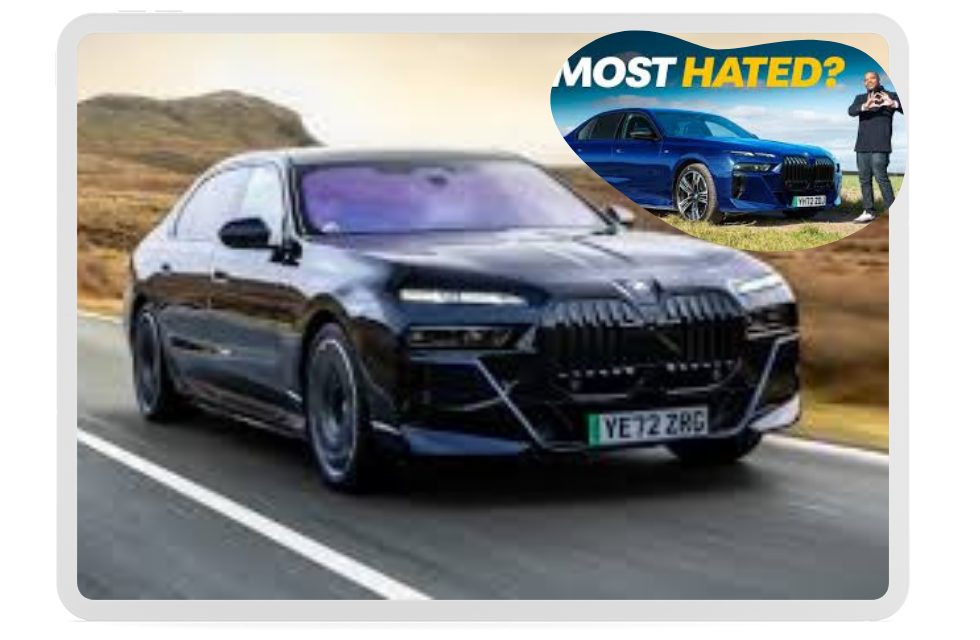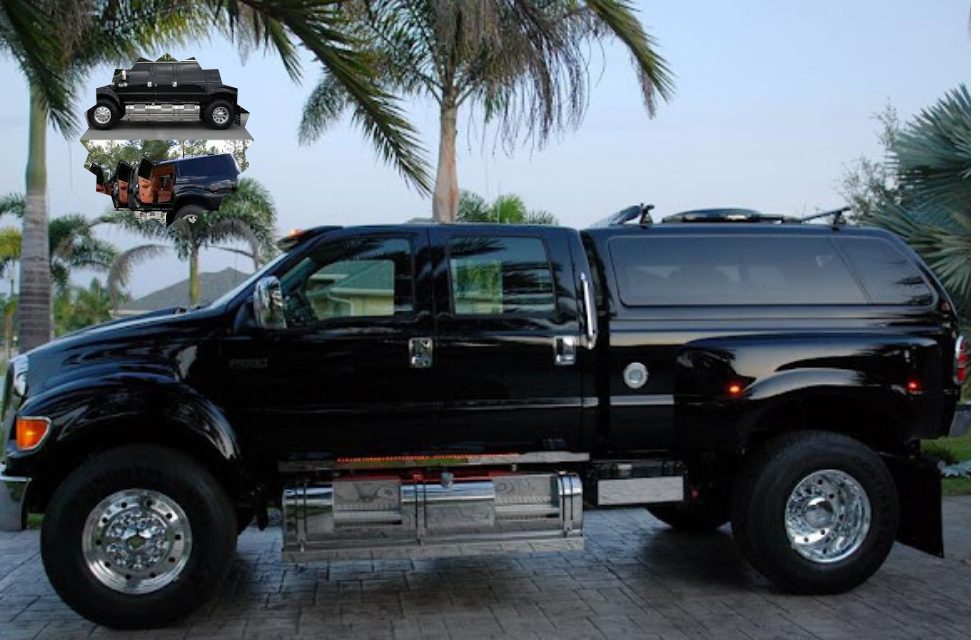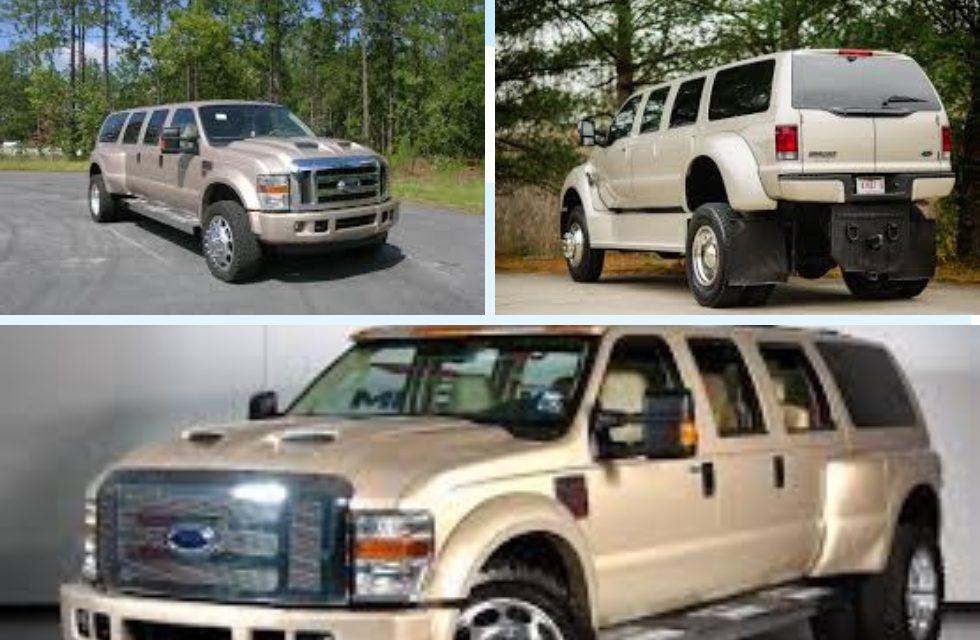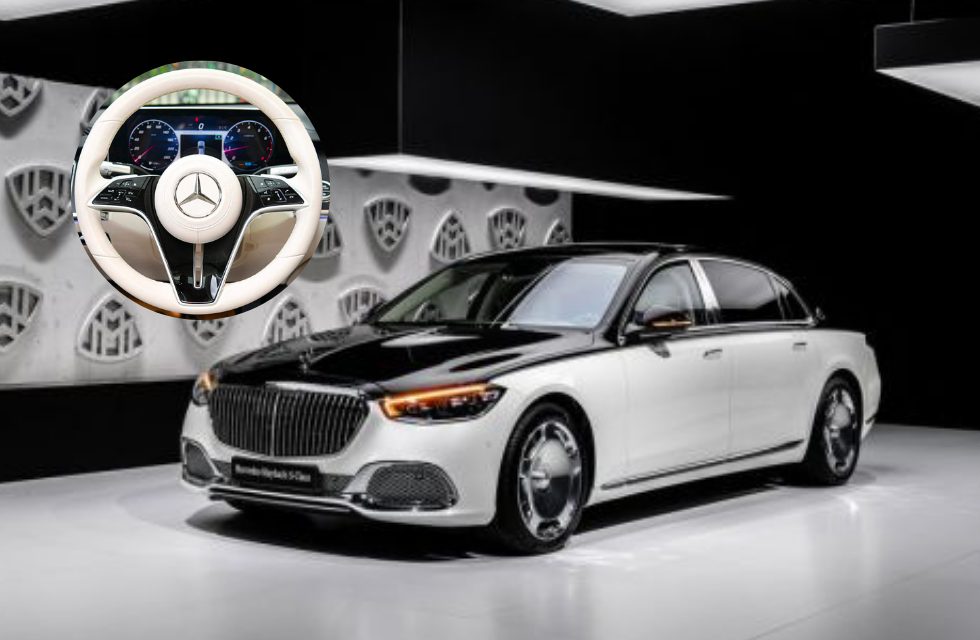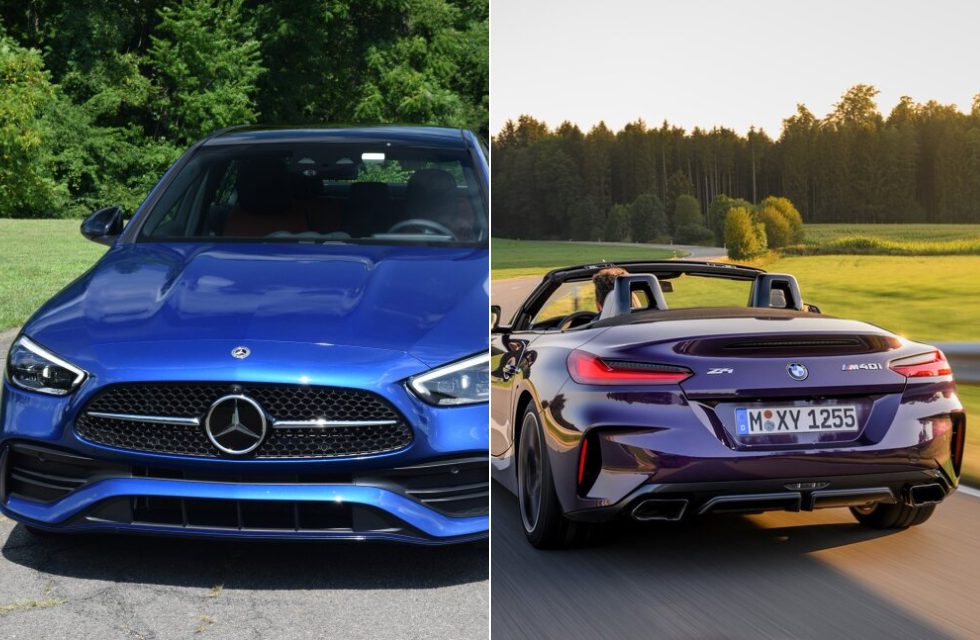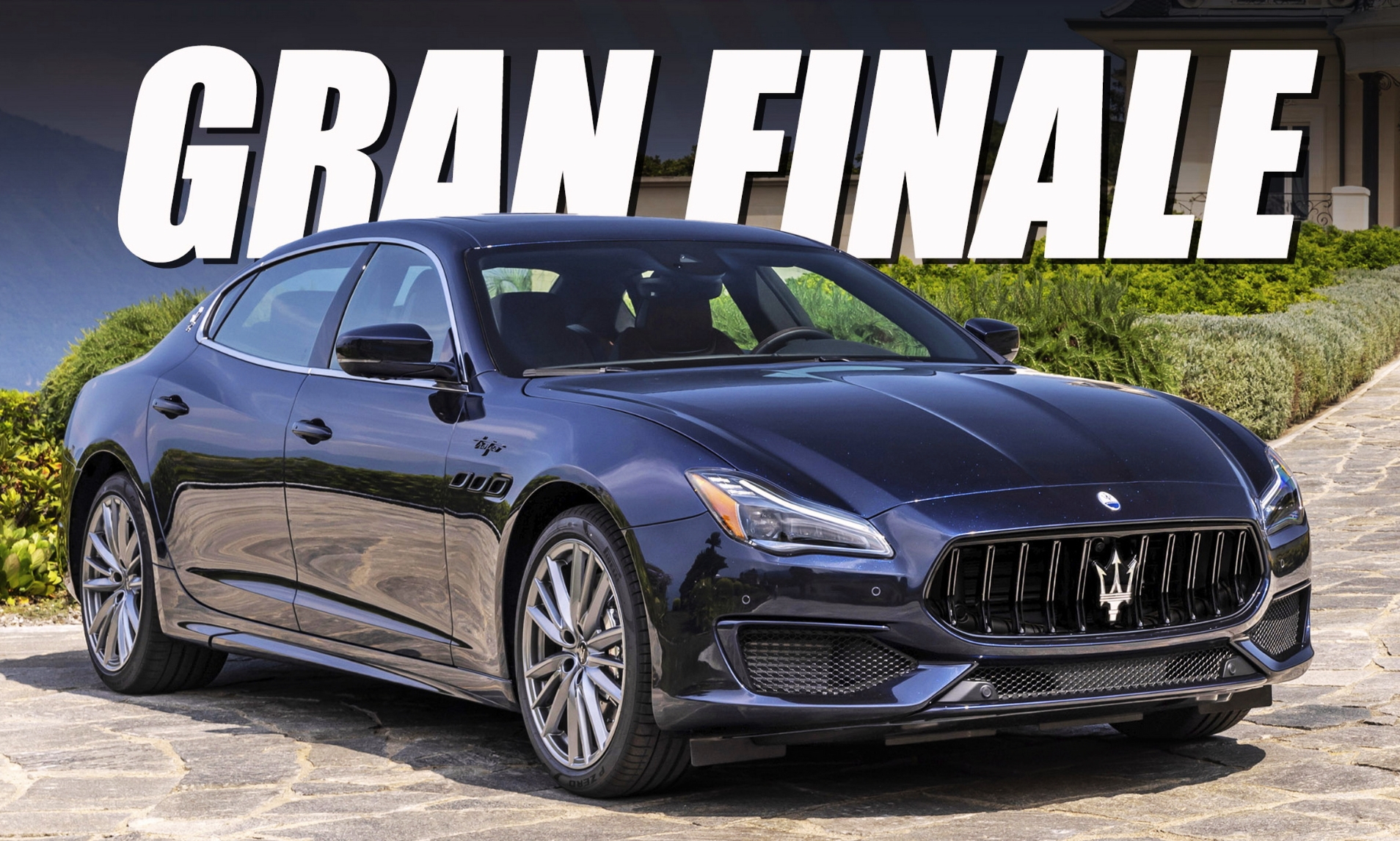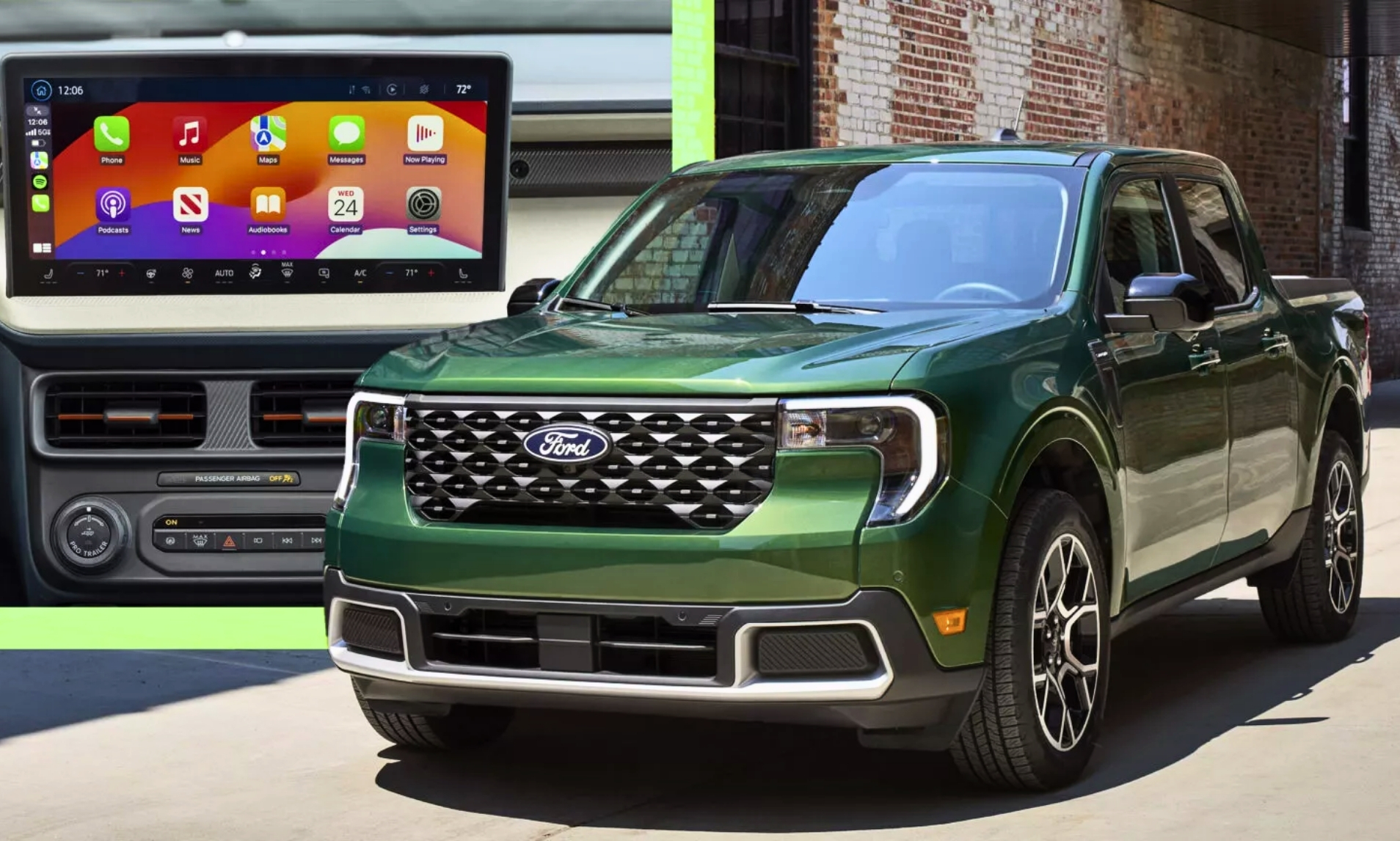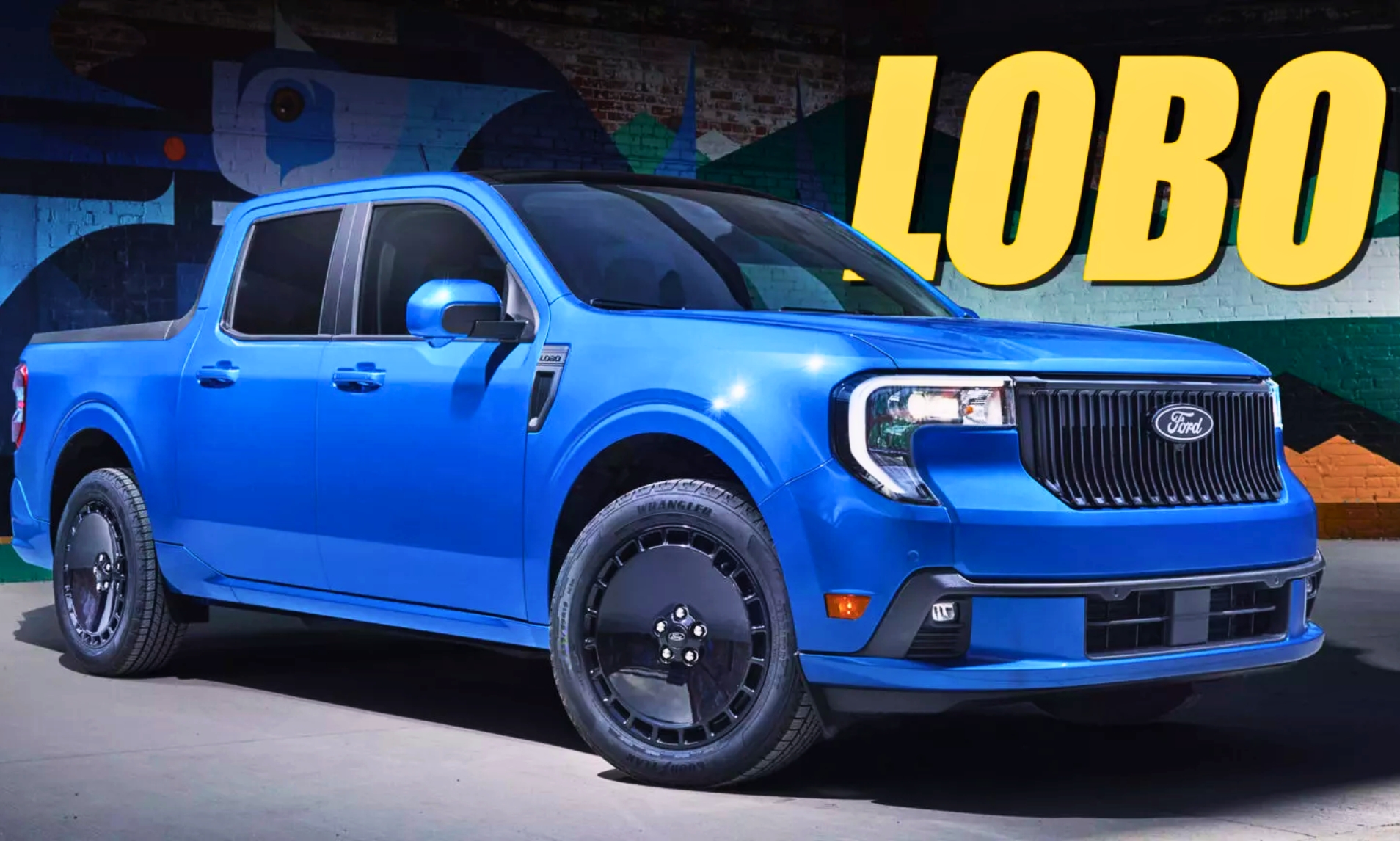Much like beauty is in the eye of the beholder, luxury was never synonymous with good taste – and it will never be. Regardless of how times those who deal in luxury will tell you this, just because you can afford whatever they’re selling doesn’t make you a discerning customer. It just makes you rich.
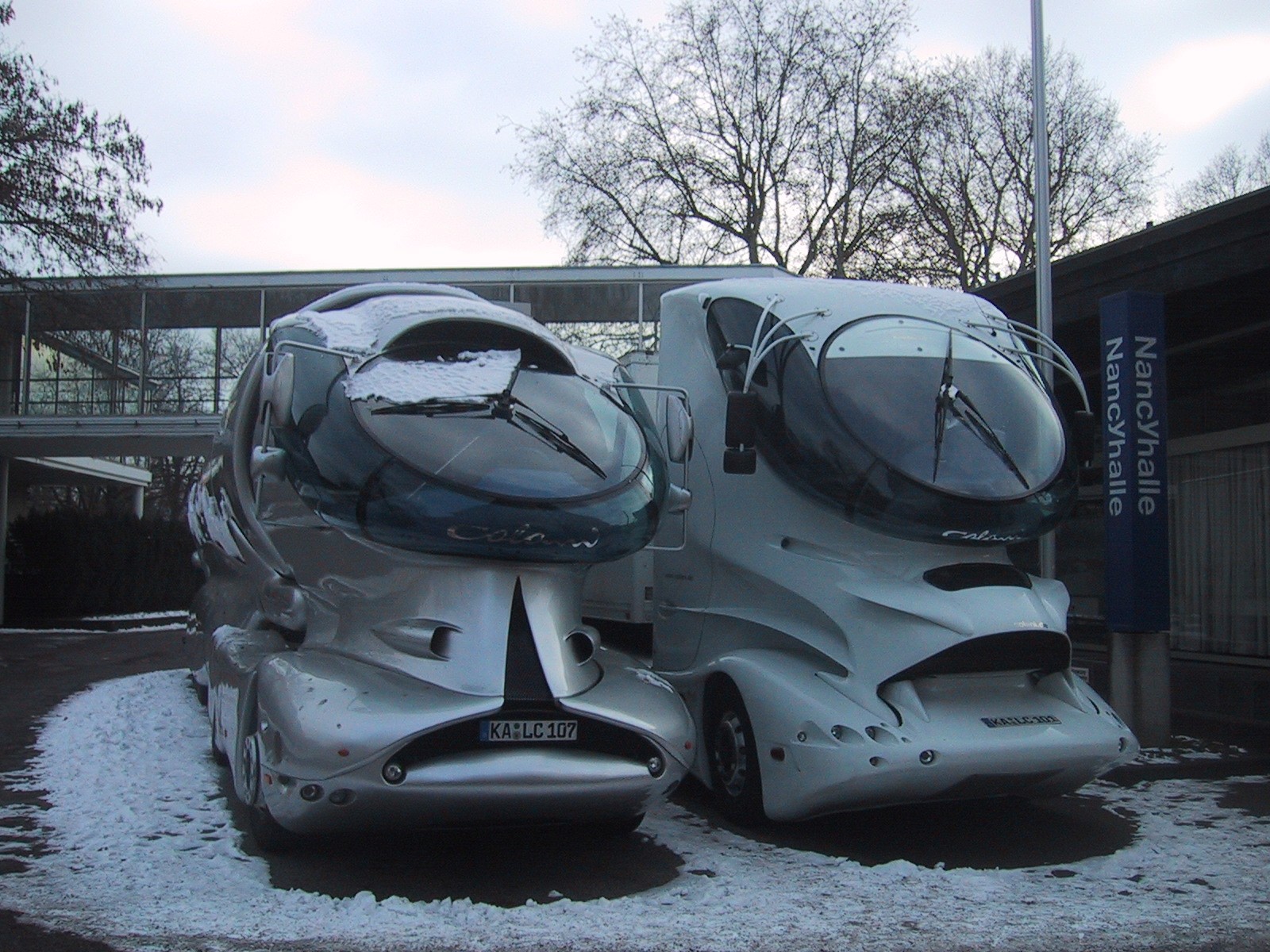
The Colani RV is the perfect example of both these things. Depending on who you ask, it’s either the most beautiful or the ugliest motorhome to have ever been built and the most elegant luxury toy or proof that money can never buy taste. At the same time, though, the Colani RV is more than that: it’s also an outstanding piece of design and automotive history, a vision of an alternate future that never came to be. The Colani RV is an icon, even if you never heard of it.
The Colani RV is not just one motorhome but a conceptual idea found in several vehicles, from trucks to motorhomes, all of them designed by the late Austrian designer Luigi “Lutz” Colani. If the front end looks familiar, it’s because you can still find it today in an actual RV, the eleMMent Palazzo RV from Marchi Mobile, also known as the world’s most expensive (and admittedly ugliest) RV.
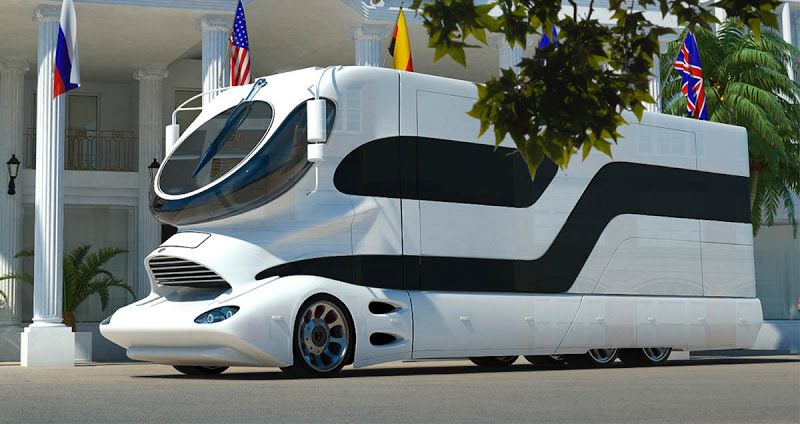
The eleMMent, which retails for prices upwards of $3 million, not including a gold paintjob and gold hardware on the inside, is the Colani RV’s successor in that it uses the same cab design. But Luigi Colani introduced his streamlined truck design way back in the early 1970s, at a time when such a bulbous, curvaceous design fit the aesthetic direction imagined for a bright future. Today, it’s considered one of the finest examples of Colani’s biodesign, a design language inspired by natural shapes and with more or less exaggerated aerodynamic pretensions.
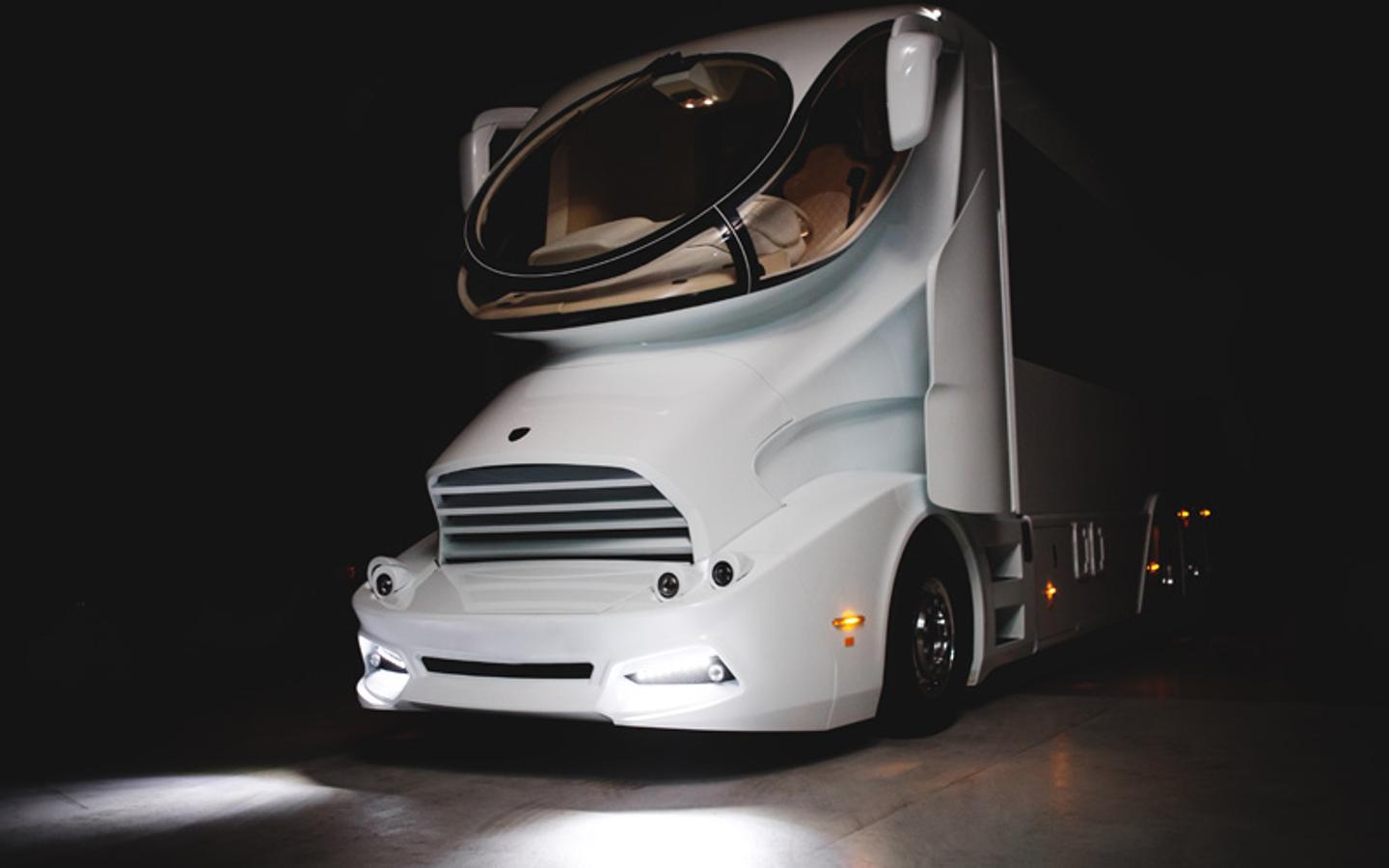
Luigi Colani was either a revolutionary philosopher or a crazy architect of an imagined future that never came to be. He might as well have been a bit of both, but what’s certain is that he was also very prolific, leaving behind a legacy that includes anything from automotive design (Citroen, Fiat, BMW, Alfa Romeo) to kitchenware, photo cameras, furniture, architectural pieces, and even conceptual cities. They all had in common a design language inspired by his firm belief that if the world was round, so must be the objects that populate it.
To Colani, it made no sense to put wedge-shaped cars on the road, or even regular-shaped ones, when they could be curved and bulbous, with sinuous lines and no accidental racy connotations. His iconic InnoTruck is perhaps the most illustrative in that last sense. He often cited aerodynamic efficiency as the reason for the curves on his conceptual vehicles, but just as often, he said that he designed them this way because he could. Because he believed the objects we use should reflect the world we use them in.

In the early 1970s, about a decade before he moved to Japan, Colani started collaborating more frequently with certain Japanese companies. Also then, he introduced the streamlined truck that would later become an instantly recognizable design and would form the basis of the Colani RV and today’s eleMMent. The most noticeable feature about it was the elevated cab, located inside what looked like a glass alien spaceship, made even more alien-like by the presence of a tri-blade windshield wiper that rotated to clean the giant windscreen.
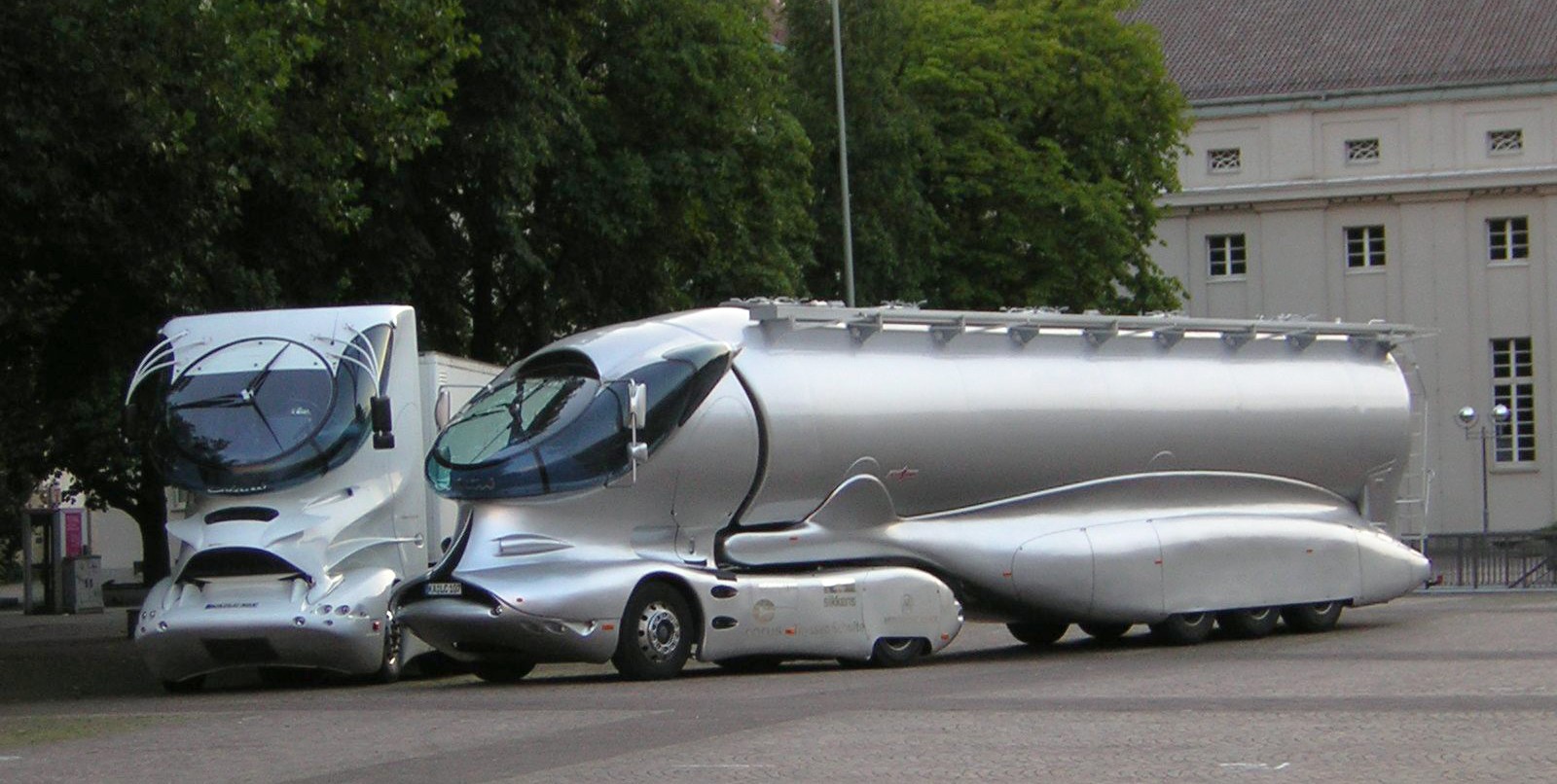
According to Colani, the design was “a direct response to the world oil crisis, yet nobody noticed [it]” because he imagined the cab would be more efficient due to the aerodynamic design. By the 1980s, Colani was so tormented by the idea of a dire future that he spent a big chunk of his fortune on building a fleet of 20 eco-friendly cars, none of which attracted the kind of attention he was hoping for from automakers. With the truck cab, what he achieved, in reality, was to make it less drivable, which is only part of the reason why it never caught on past being a novelty vehicle.
Over the decades, Colani featured the cab on a variety of vehicles, from cargo trucks and tankers to the Colani RV. Many of them made plenty of headlines at the time but became more popular in recent years, as auto enthusiast internauts re-discovered this mad genius at work. In 2002, he built the Spitzer-Silo on a Mercedes Actors chassis that he would present at the IAA in Hanover, Germany, in 2004. Then, in 2011, he worked with Marchi Mobile on the first eleMMent RV, a version of which arrived at Sochi 2014 painted in the Olympic colors and confounding even tennis ace Maria Sharapovas as to its possible application.
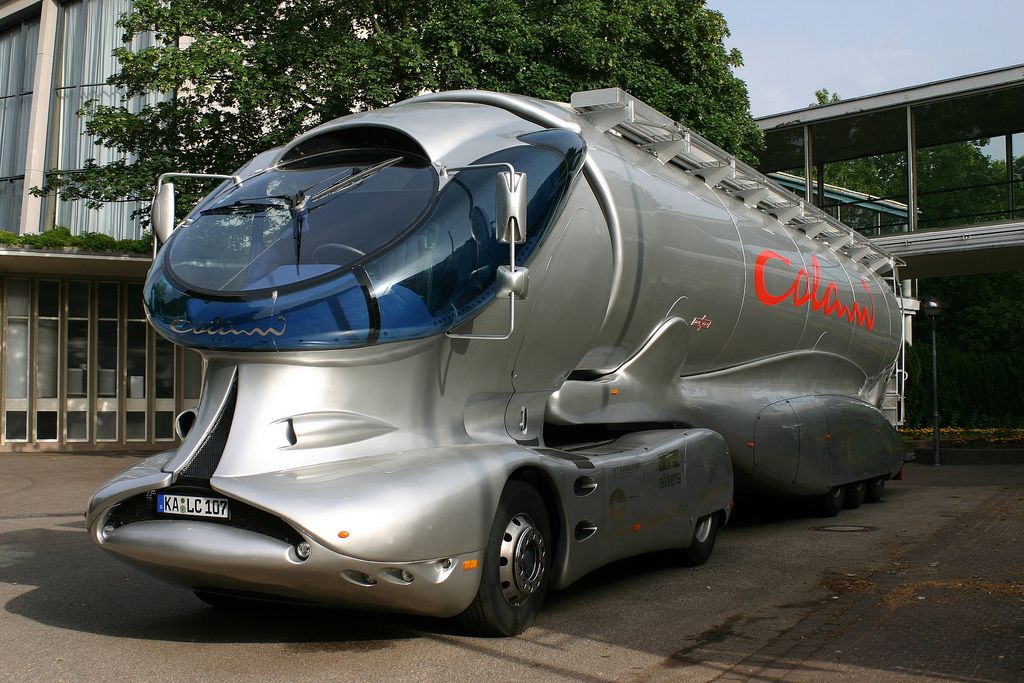
That first version of the world’s most luxurious RV was based on a DAF XF 105 chassis, drawing power from a 530 hp turbodiesel engine. The most recent version of the eleMMent uses a Volvo truck chassis and features a couple of slide-outs and a pop-up on the roof that actually creates a terrace with a shielded lounge area. The eleMMent Palazzo of today has also lost some of the curves on the original Colani design, which, come to think about it, is to be expected if you add slide-outs. Whatever it has lost in design, it made up for in capacity: the 16-meter (52.5-foot) eleMMent can carry as many as 10 people and double as a party venue.
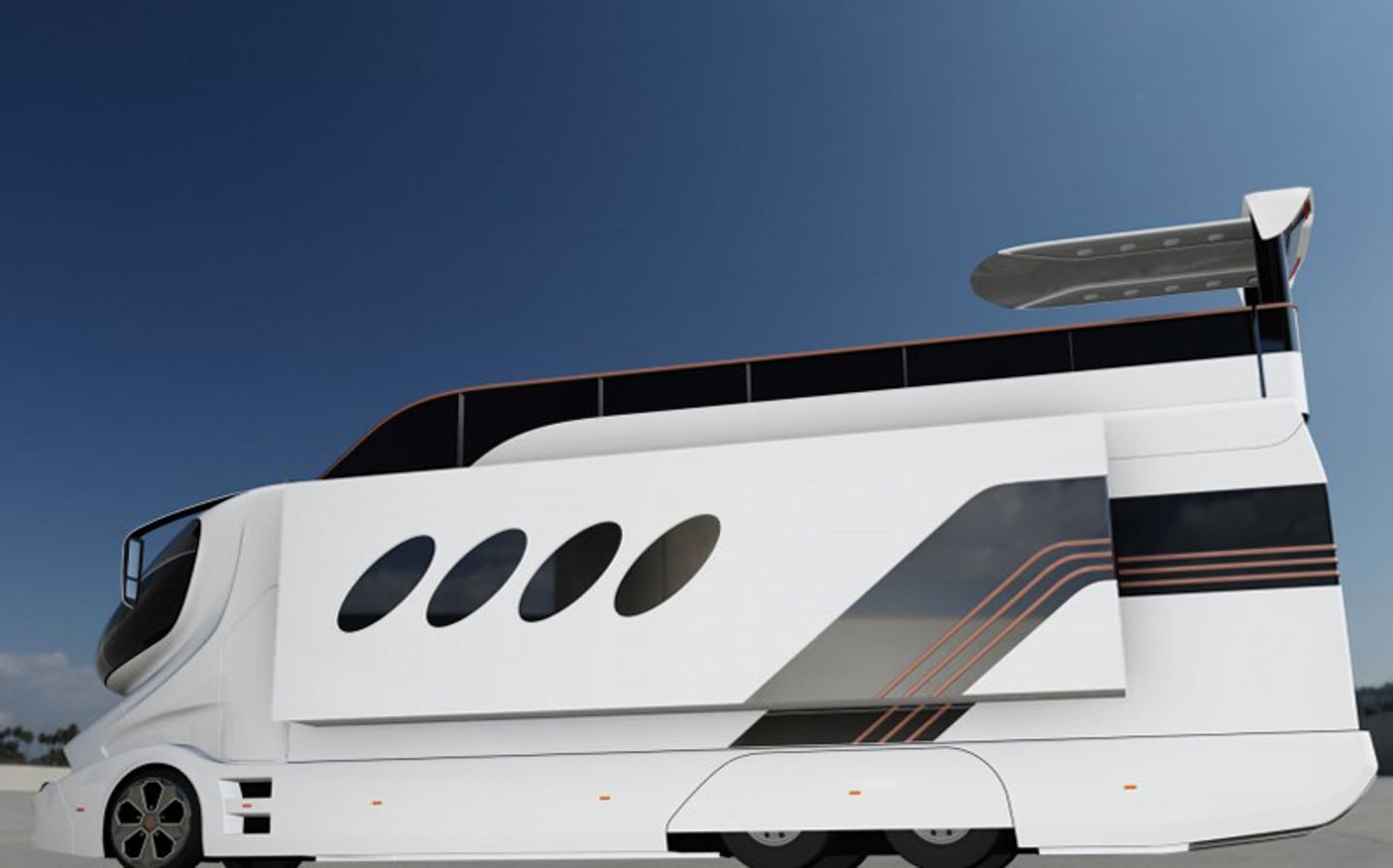
Strangely though, the eleMMent Palazzo is not the Colani RV, probably because Marchi Mobile marketing often omits Colani’s name, and despite the fact that this is how it was introduced in China in 2018, to much fanfare. Because of the sheer number of similar Colani designs, the “Colani RV” is now an umbrella term for his very distinct cab.
Speaking of which, it made one final appearance in 2019 on an RV that would best be described as the eleMMent’s younger and less fabulous sibling, a budget version of the outrageous landyacht developed for China in partnership with Anhui Guangtong Automobile Co. It, too was only introduced as a concept, but all signs point to Colani’s hope of seeing it go into mass production.

Based on the chassis of a JAC HFC6580KY1V bus chassis, it was smaller and cheaper but still futuristic-looking and quite fancy on the inside. Photos made public only locally show the same landyacht finishes inside, with plenty of white leather and glossy surfaces, with basic but luxuriously-appointed amenities, and sleeping for two to six people. Like every other iteration before it, this Colani RV did not catch on, either.
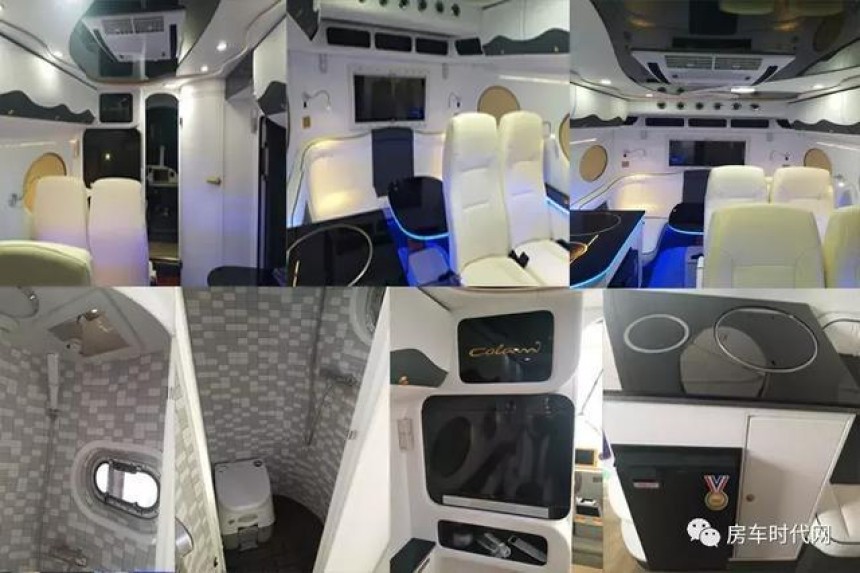
The Colani cab and its final, most popular use in the Colani RV did not change the auto industry and did not nudge it in another direction. Even looking at them with the indulgence of nostalgia, they come across as instances of overwrought and over-complicated design that only creates more problems than it solves. But that’s not to say they’re worthless or a waste of time.
See more image:
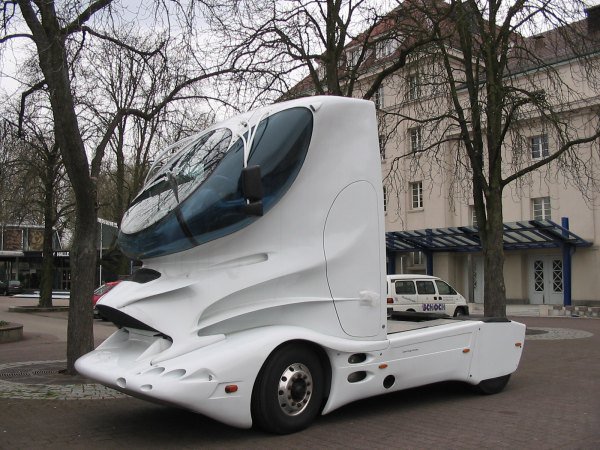
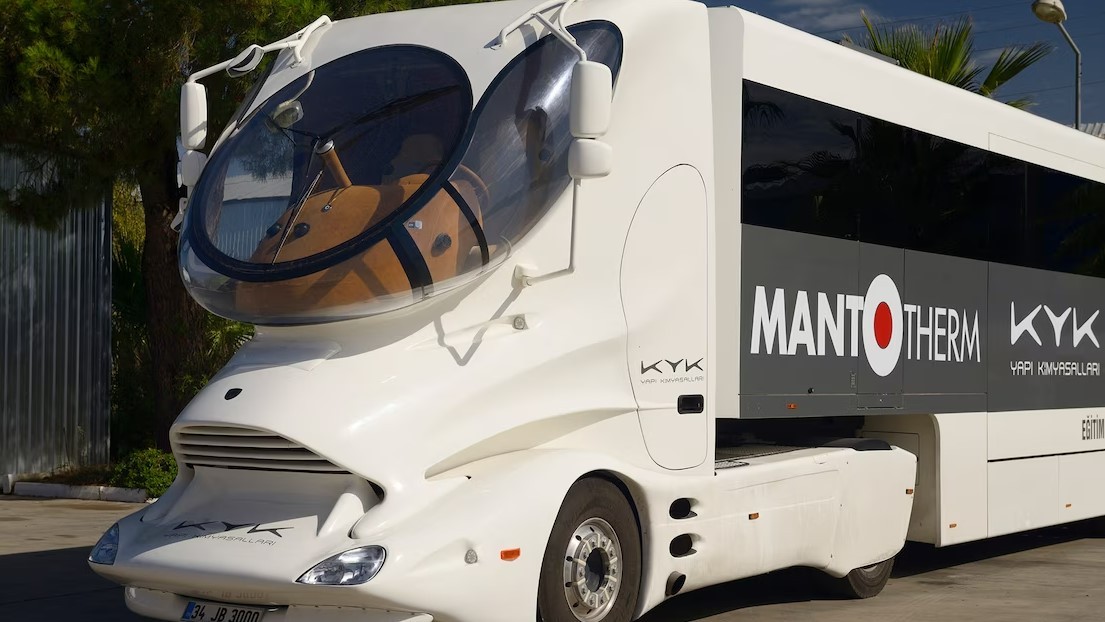
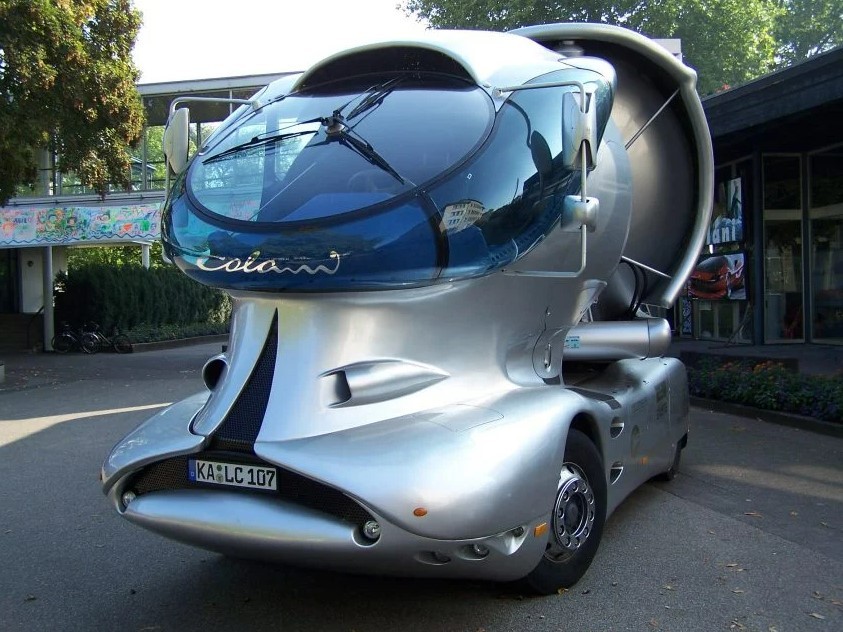
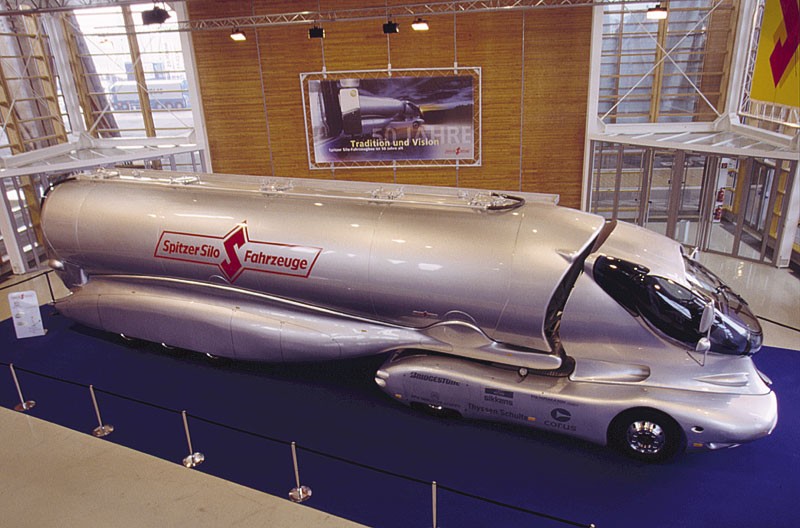
Video: UNIEK: rijden met een Colani truck!
Video: Colani spitzer silo truck 2002 (Prototype Car)
Source: autoevolution.com

